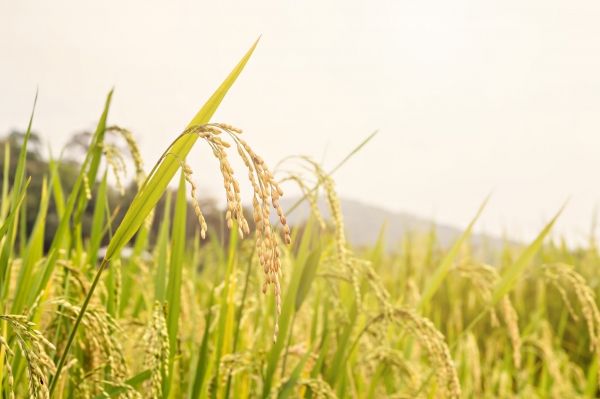More rice production can be produced while minimizing the crop’s environmental impact, new research suggests. And that’s important with the global population projected to reach 9.8 billion by 2050 and with demand for rice on the rise.
A team of global researchers that includes Ted Wilson, director of the Texas A&M AgriLife Research and Extension Center at Beaumont, have studied yield gap and resource-use efficiency across 32 of the world’s top-producing rice cropping systems. These systems account for 70% of the rice-harvest area and 51% of rice production globally. Their research is highlighted in an article published in Nature Communications.
The research team found that the global rice production systems could increase production by 36% and all but eliminate excess nitrogen by focusing attention on a small number of cropping systems with large yield gaps and poor use of inputs. Key inputs to make a crop – water, pesticides, nitrogen, labor and energy – were evaluated.
Continue reading at Texas A&M University
Image via Texas A&M University


